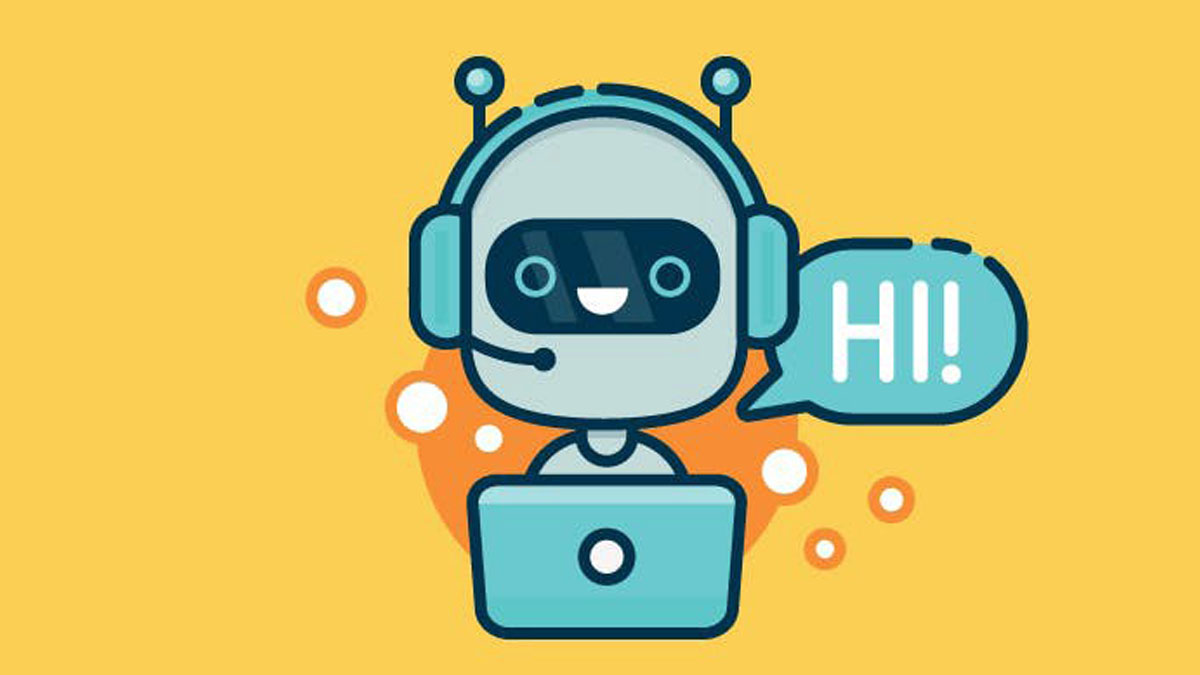What Are Chatbots?
Chatbots – also known as “conversational agents” – are software applications that mimic written or spoken human speech for the purposes of simulating a conversation or interaction with a real person. There are two primary ways chatbots are offered to visitors: via web-based applications or standalone apps. Today, chatbots are used most commonly in the customer service space, assuming roles traditionally performed by living, breathing human beings such as Tier-1 support operatives and customer satisfaction reps.
How Do Chatbots Work?
At the heart of chatbot technology lies natural language processing or NLP, the same technology that forms the basis of the voice recognition systems used by virtual assistants such as Google Now, Apple’s Siri, and Microsoft’s Cortana.
Chatbots process the text presented to them by the user (a process known as “parsing”). Before responding according to a complex series of algorithms that interprets and identifies what the user said, infers what they mean and/or want, and determine a series of appropriate responses based on this information.
Some chatbots offer a remarkably authentic conversational experience. In which it’s very difficult to determine whether the agent is a bot or a human being. Others are much easier to spot (much like the T-600 series of murderous robots in the popular Terminator sci-fi action movies.
For the past several months we’ve been furiously coding away on a new project as part of HubSpot Labs. It’s called GrowthBot. It’s a chat box for marketing and sales people — and anyone looking to grow a company (like start-up folks).
California
The launch has gone well, and the bot is currently happily handling thousands of messages. Things like “show me companies in California that use HubSpot” and “who are the top influencers about landing pages”. GrowthBot can answer most of these, and thousands of others. So, overall, it’s been a good day.
But, anytime bots come up in conversation. Especially with media folks, people seem to frequently wander into the “are bots going to replace humans?” arena. Some wonder “will this bot cause people to lose their jobs?” We can’t say for all bots, but for GrowthBot, the short answer is no.
The way we like to think about it is not, Human vs. Bot, but Human + Bot. The bot amplifies what you can do. The bot is an exponent.
Blog Post
It’s not smart enough to write a blog post — but it can tell you what posts about a particular topic people are sharing. You just ask: “what are the top posts this week on product marketing?”
It’s not smart enough to automatically run a campaign to drive traffic to your website — but it can answer questions about how your website traffic is doing. “How was organic traffic to the site last month?” And the bot also tells you how that compares to the prior month. You can compare results year-over-year (Yes, June is a slow month, but is this June slower than usual?)
Google Apps:
It’s not savvy enough to close a deal for you, but it can help you find potential customers by asking: “showus law firms in Boston that use Google Apps“. Assuming you’re trying to sell SaaS software to law firms and are looking to find firms that are modern enough to use Google Apps.
So, you’re still doing the creative, meaningful work. GrowthBot is just making you better, stronger, faster. It gives you access to information you may not have had access to before. It can surface insights that you may not have come up with on your own.
By the way, it’s completely free and easy-peasy to try out. Nothing to download. Nothing to install. No forms to fill out. No credit card required.
We are not saying it is guaranteed to get you a promotion, but you never know. It may just put that small spring in your step and data in your head.
